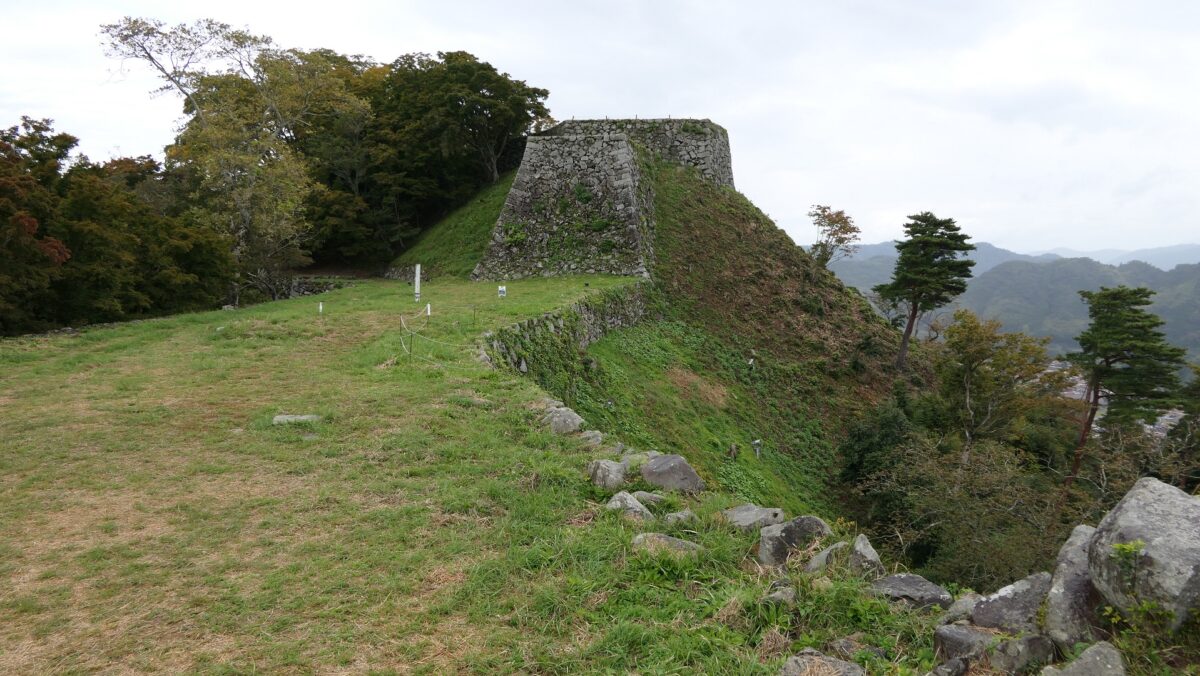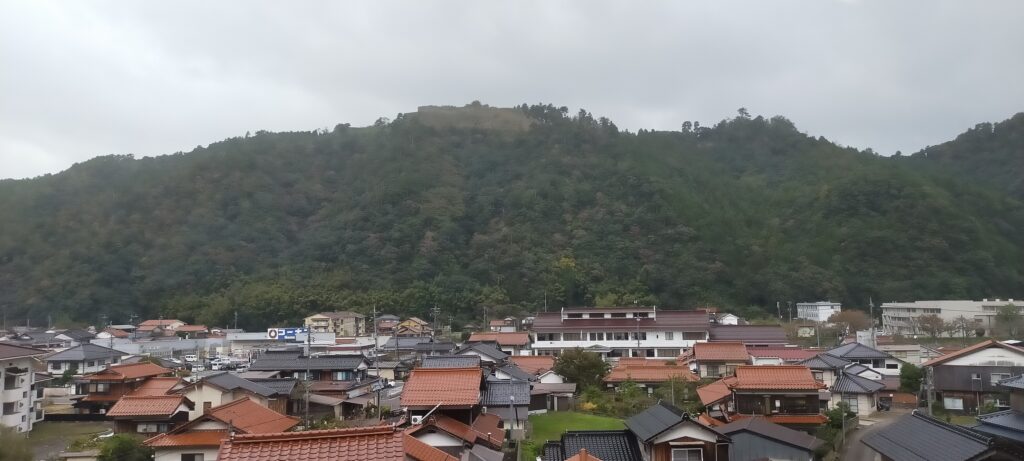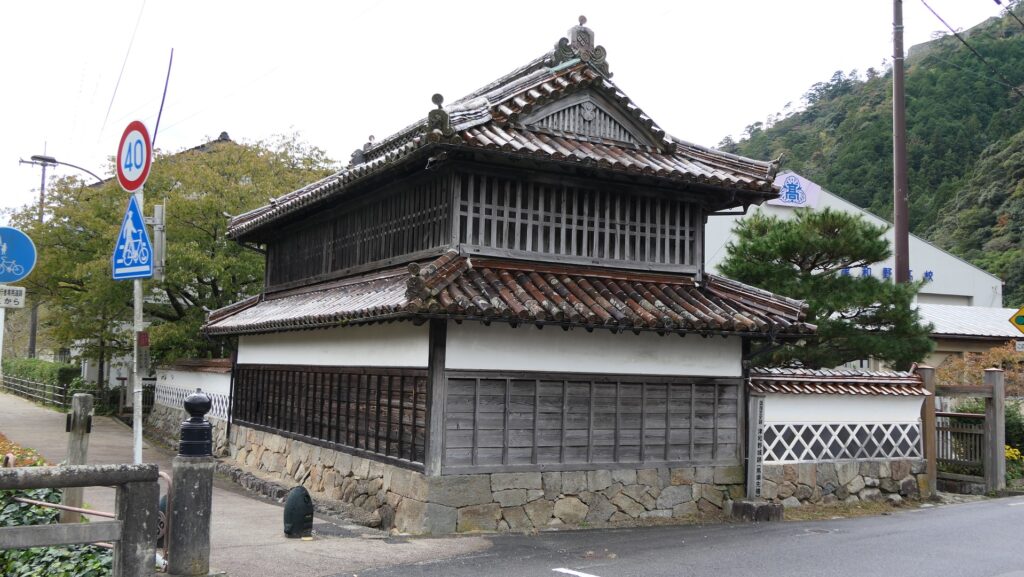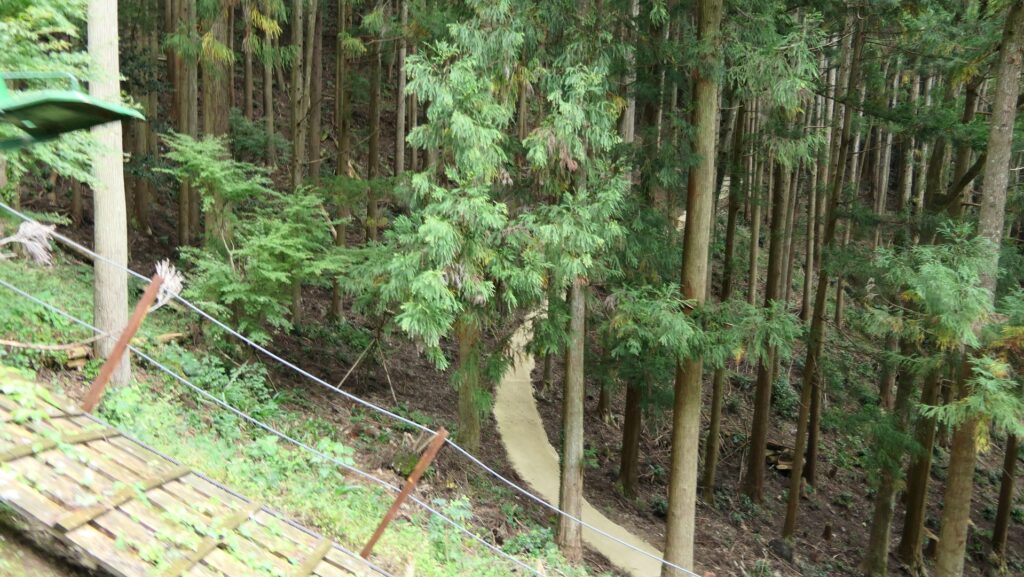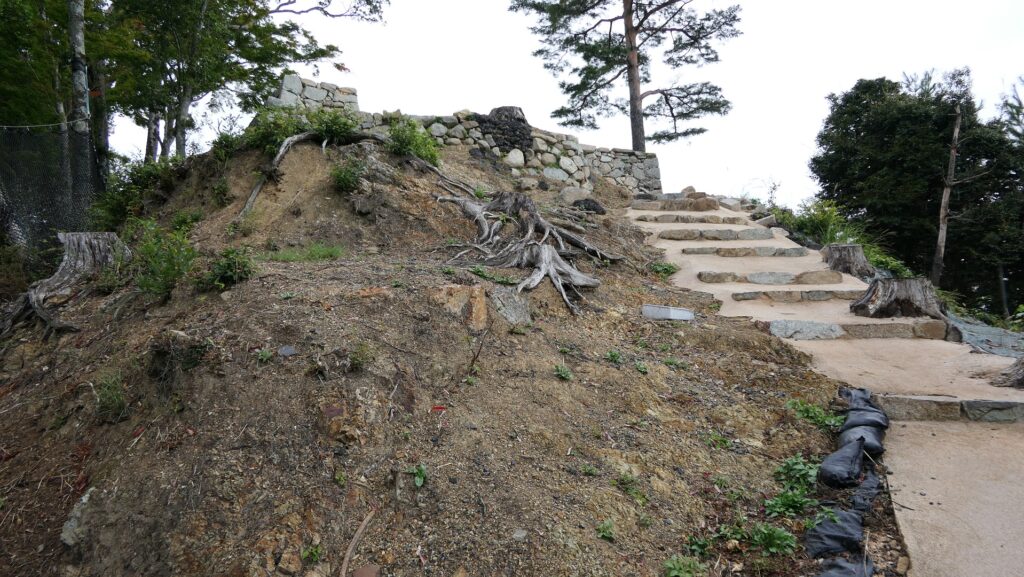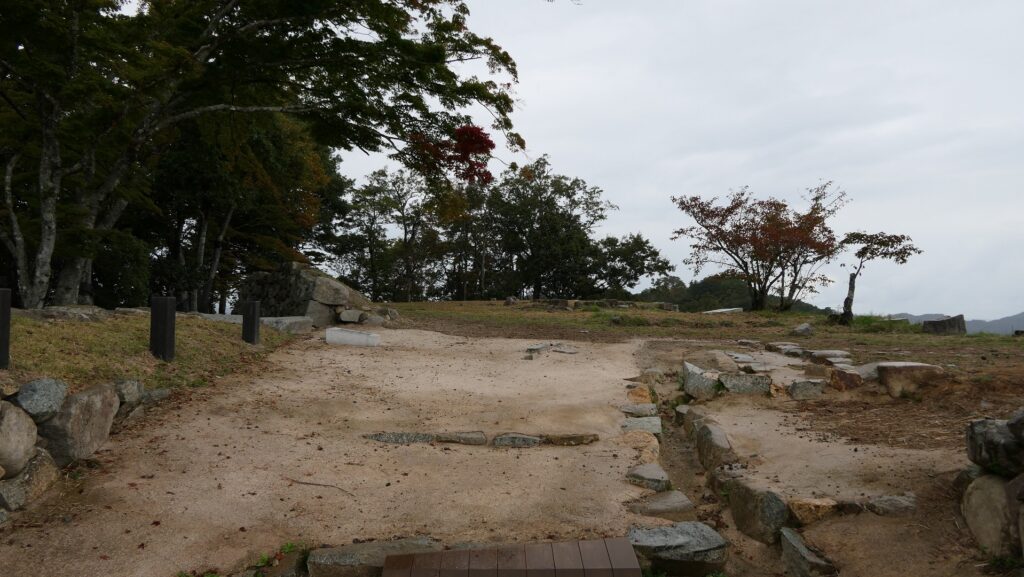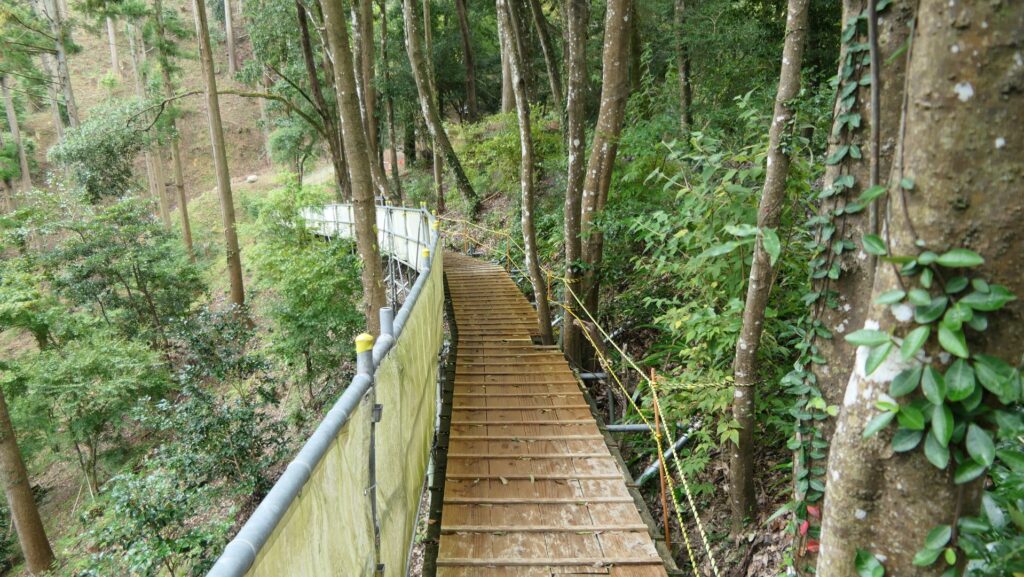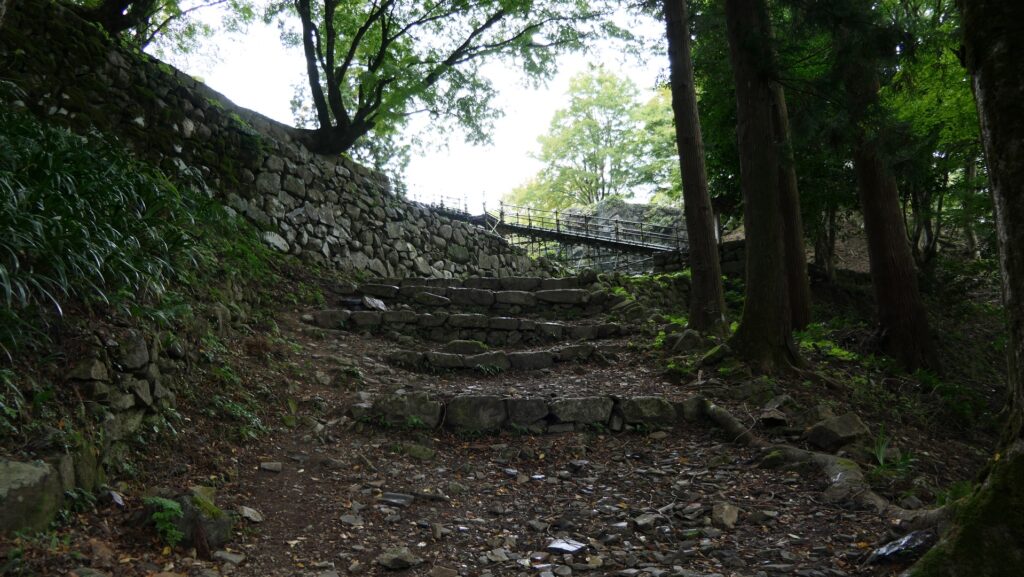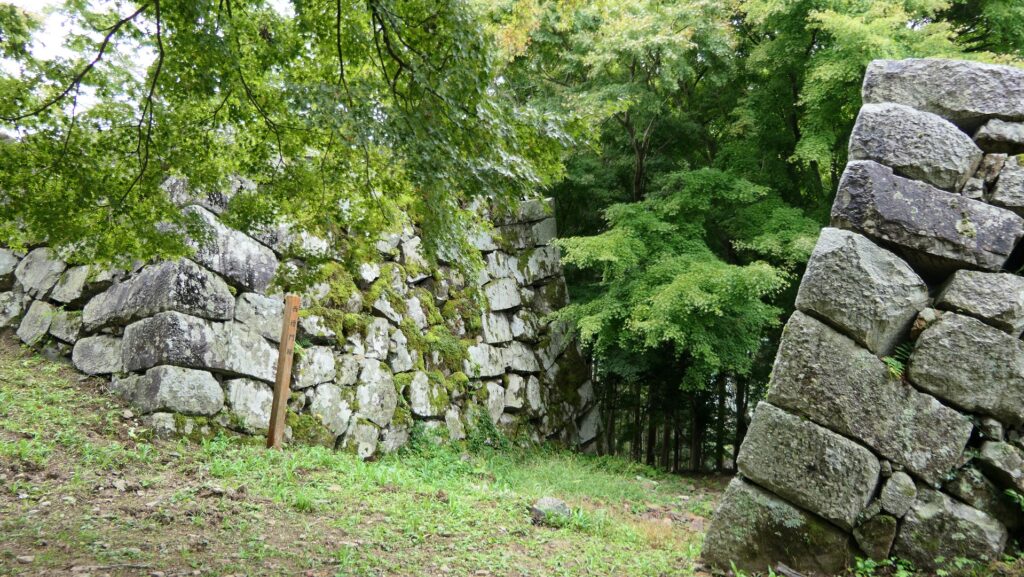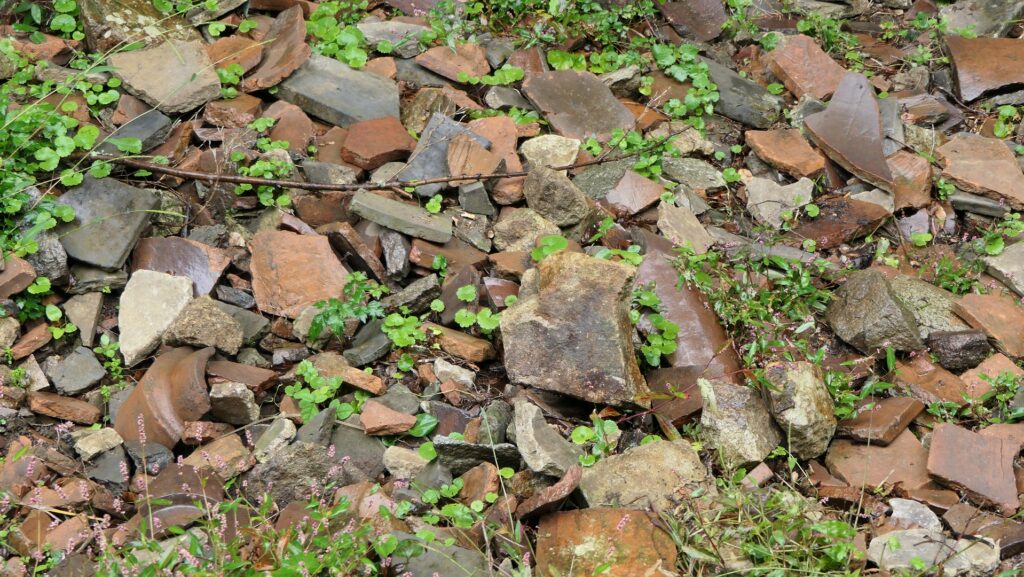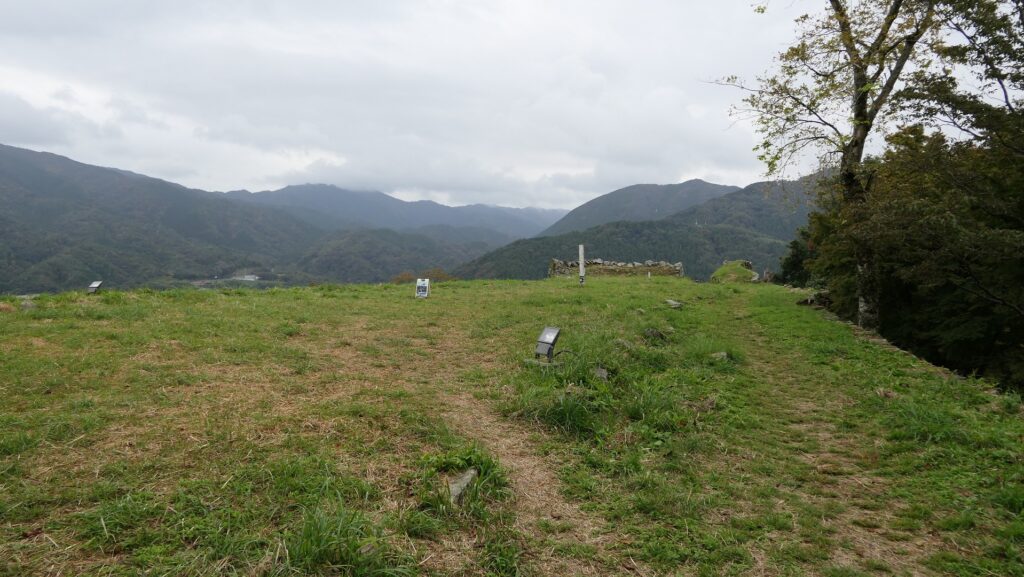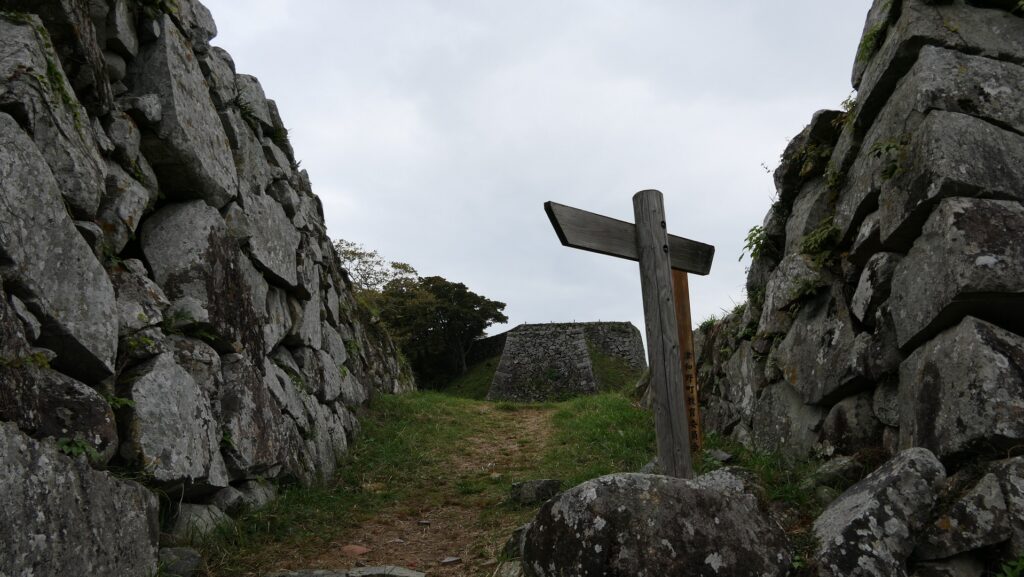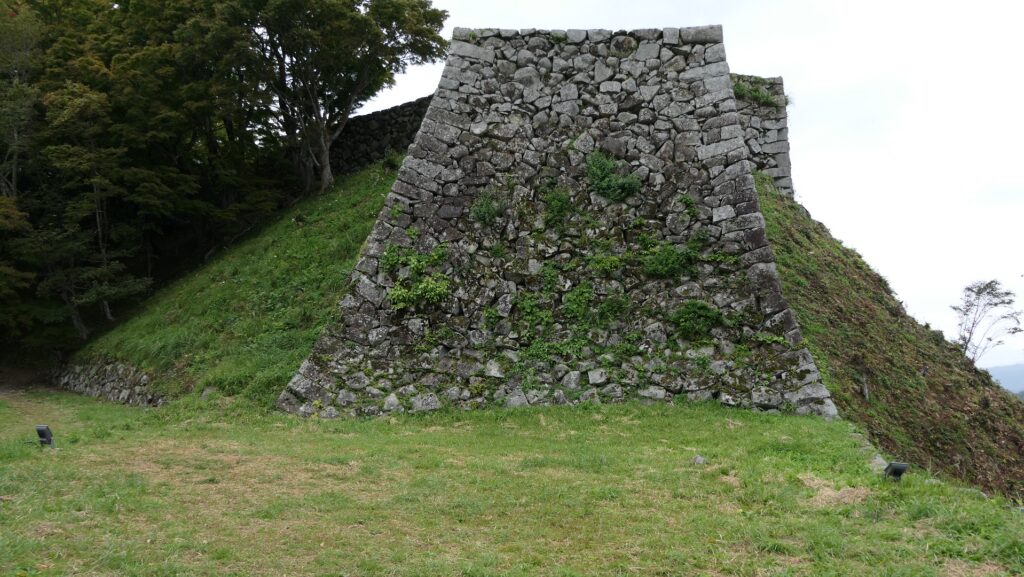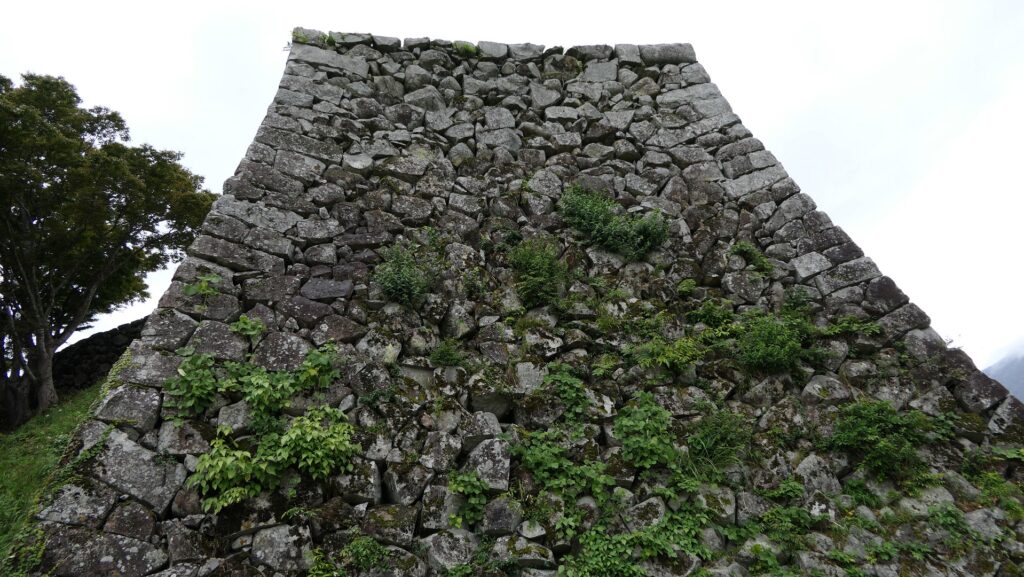Features
Sanjukken-dai and Main Tower Bases
The next is the highest point of the castle, called Sanjukken-dai or the about 54m long base. It was surrounded by mud walls in the Edo Period, and it is a square now which is definitely a great view spot. Please enjoy a view of Tsuwano Town with reddish brown colored roofs.
The map around the castle

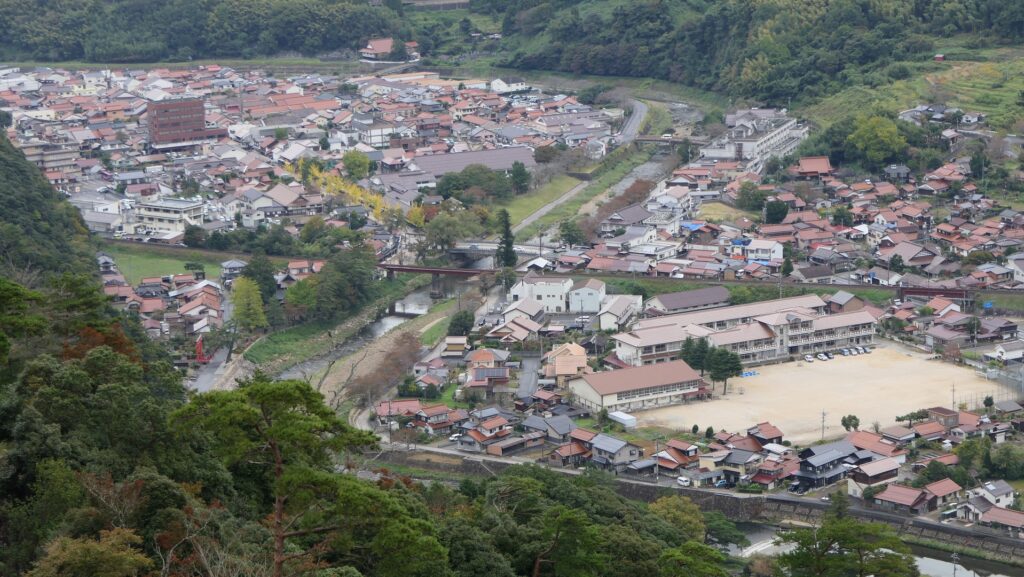
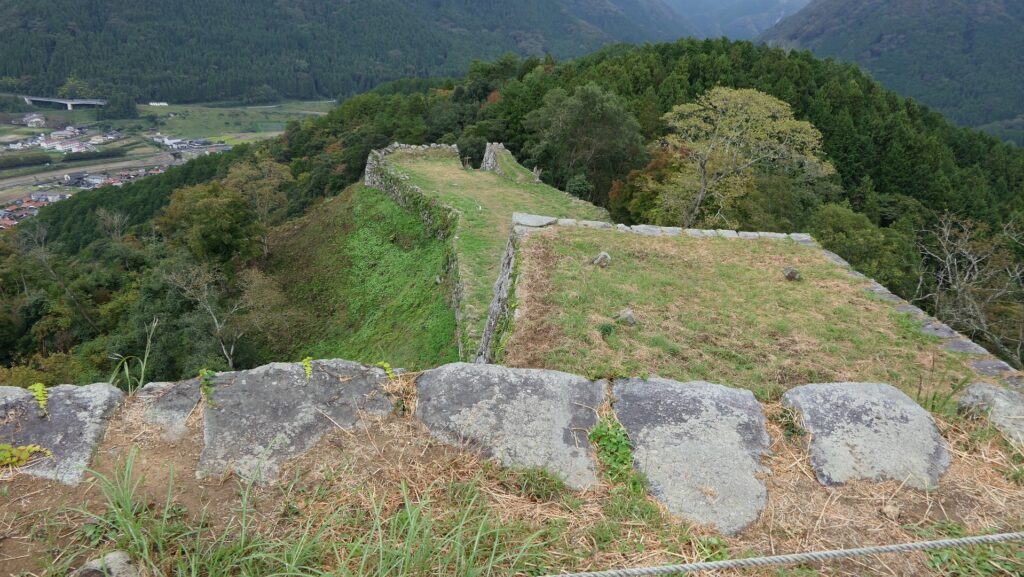

The next is the stone wall base for the Main Tower just blow the Sanjukken-dai Base. It was rare that the Main Tower was not at the highest point among Japanese castles.
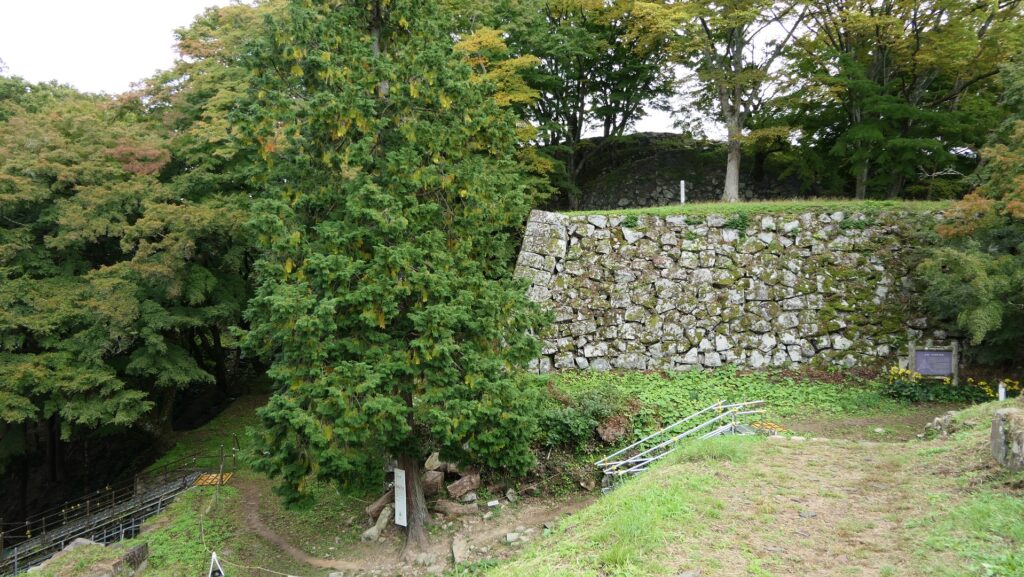
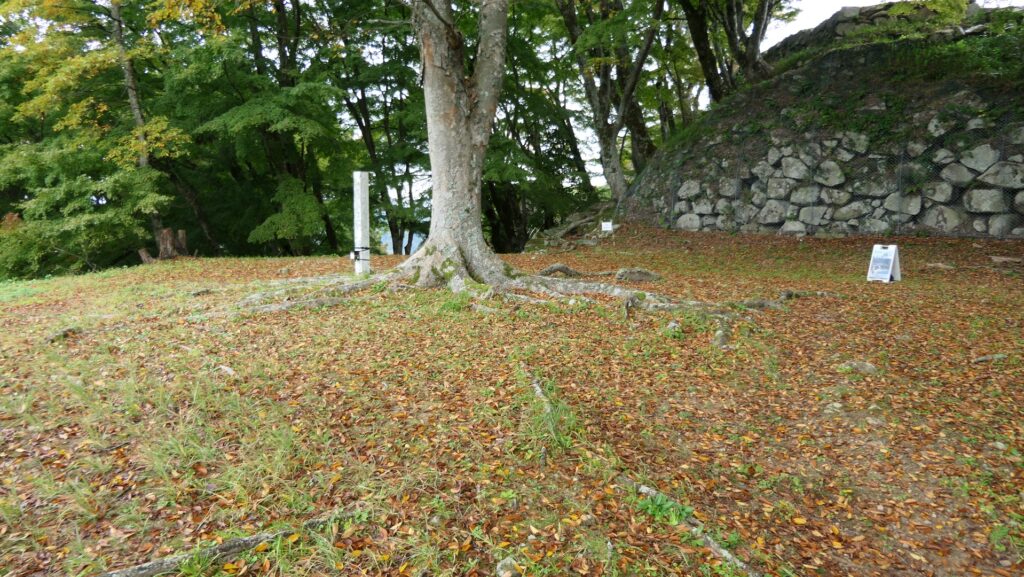
Attractions of former Castle Town
If you have time, you should check out many historical items in the former castle town such as the restored domain school, some remaining gate buildings of senior vassals, the old houses of Amane Nishi and Ogai Mori, and the carps in the waterways which Naomori started to breed.
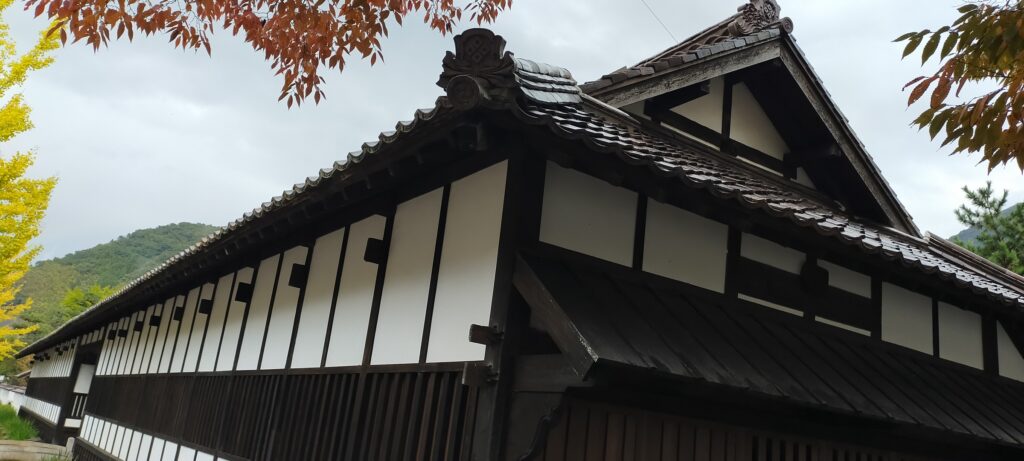
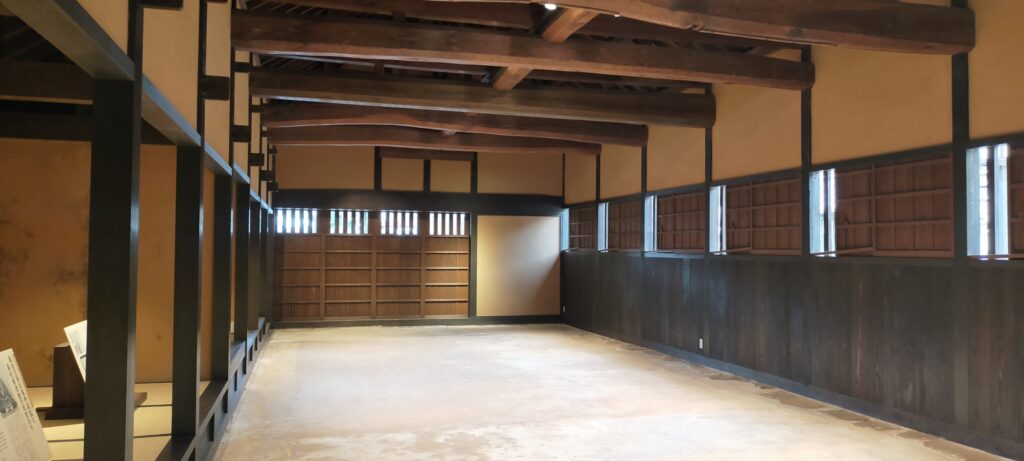
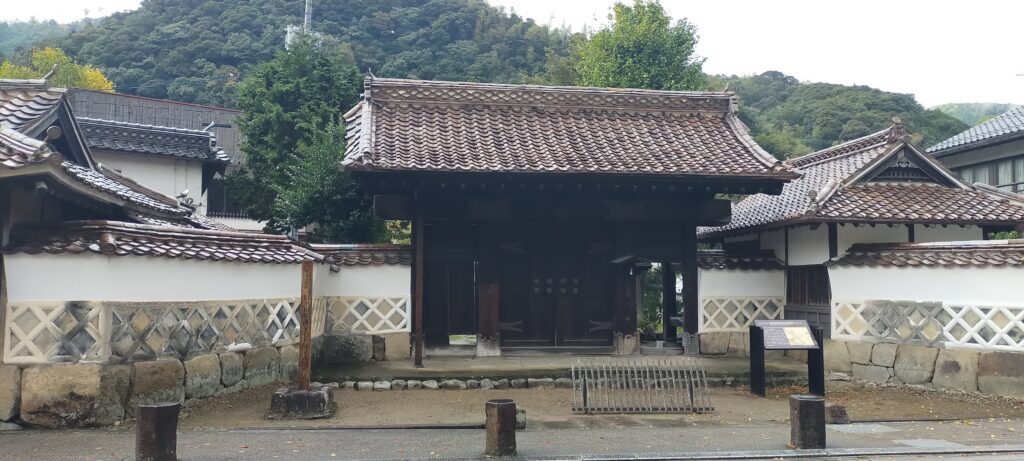
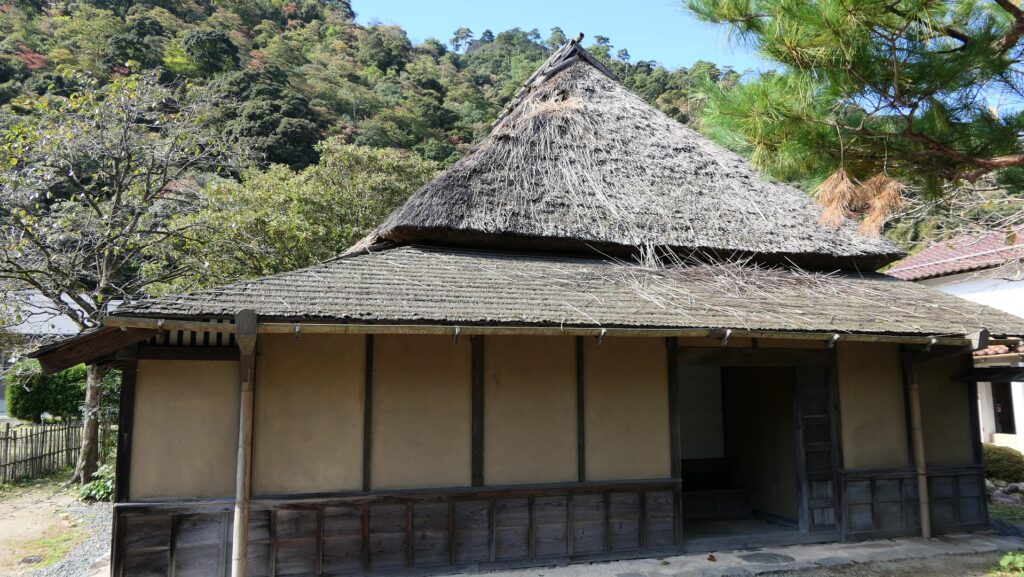

Later History
After the Meiji Restoration, Tsuwano Castle was abandoned and most of the castle buildings were demolished. One of them, a gate at the foot was used as the front gate of Hamada Prefectural Government and finally moved to the ruins of Hamada Castle. The Tsuwano Domain was just merged to the prefecture at that time. The gate is still remaining at the site. Tsuwano Castle Ruins were designated as a National Historic Site in 1942. Tsuwano Town has been researching and repairing them one by one to maintain them.
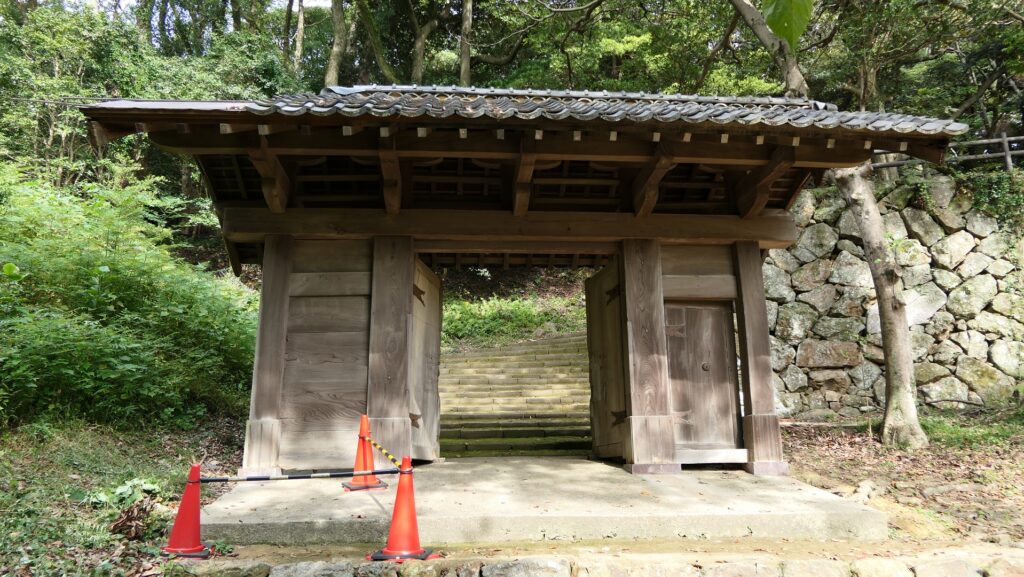
My Impression
I can’t imagine how tough the castle construction including the stone walls on such a steep mountain was in a short period of Naomori Sakazaki at only 16 years. I hope Tusuwano Town will somehow maintain and develop the castle ruins, which should be hard work. I would like to visit the ruins again by climbing the trail from the foot next time, where the older castle ruins the Yosimi Clan first built can be seen.

How to get There
If you want to visit the castle ruins by car, it is about 40 minutes away from Muikaichi IC on the Chugoku Expressway. There is a parking lot in front of the lift platform at the foot of the mountain.
By public transportation, It takes about 20 minutes on foot from Tsuwano Station. Or you can take the Iwami-Kotsu Bus or Tsuwano Town Bus from the station and get off at the Mori bus stop to get the lift.
To get to Tsuwano Station from Tokyo or Osaka: Take the Sanyo Shinkansen super express and transfer to the Yamaguchi Line at Shin-Yamaguchi Station.
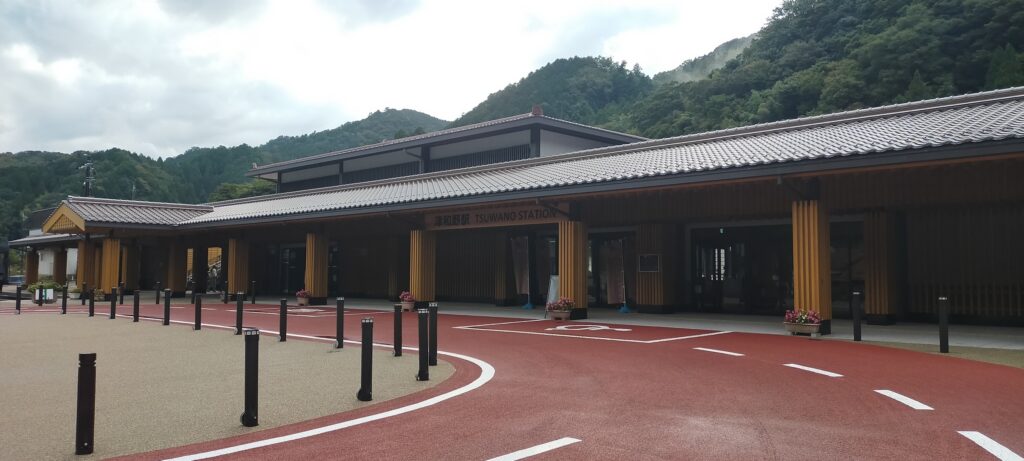
That’s all. Thank you.
Back to “Tsuwano Castle Part1”
Back to “Tsuwano Castle Part2”


